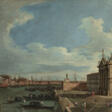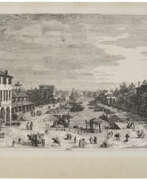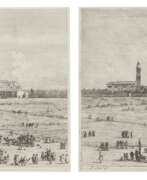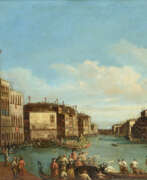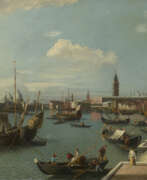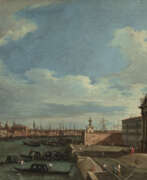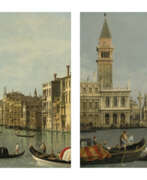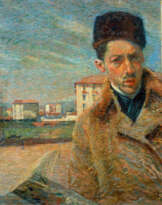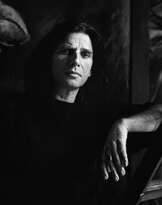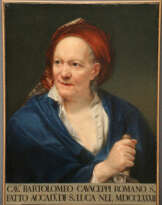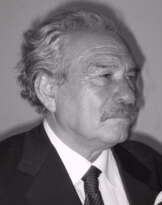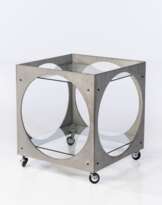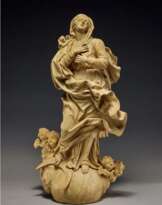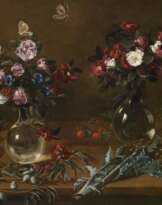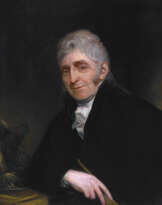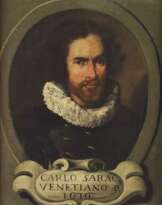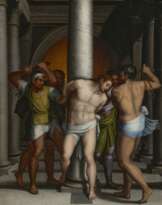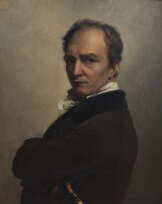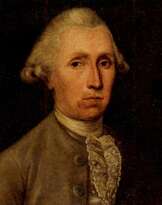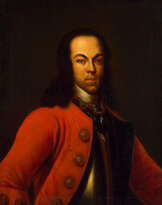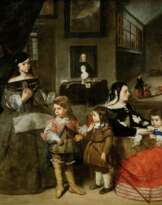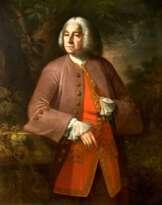Canaletto (1697 - 1768)
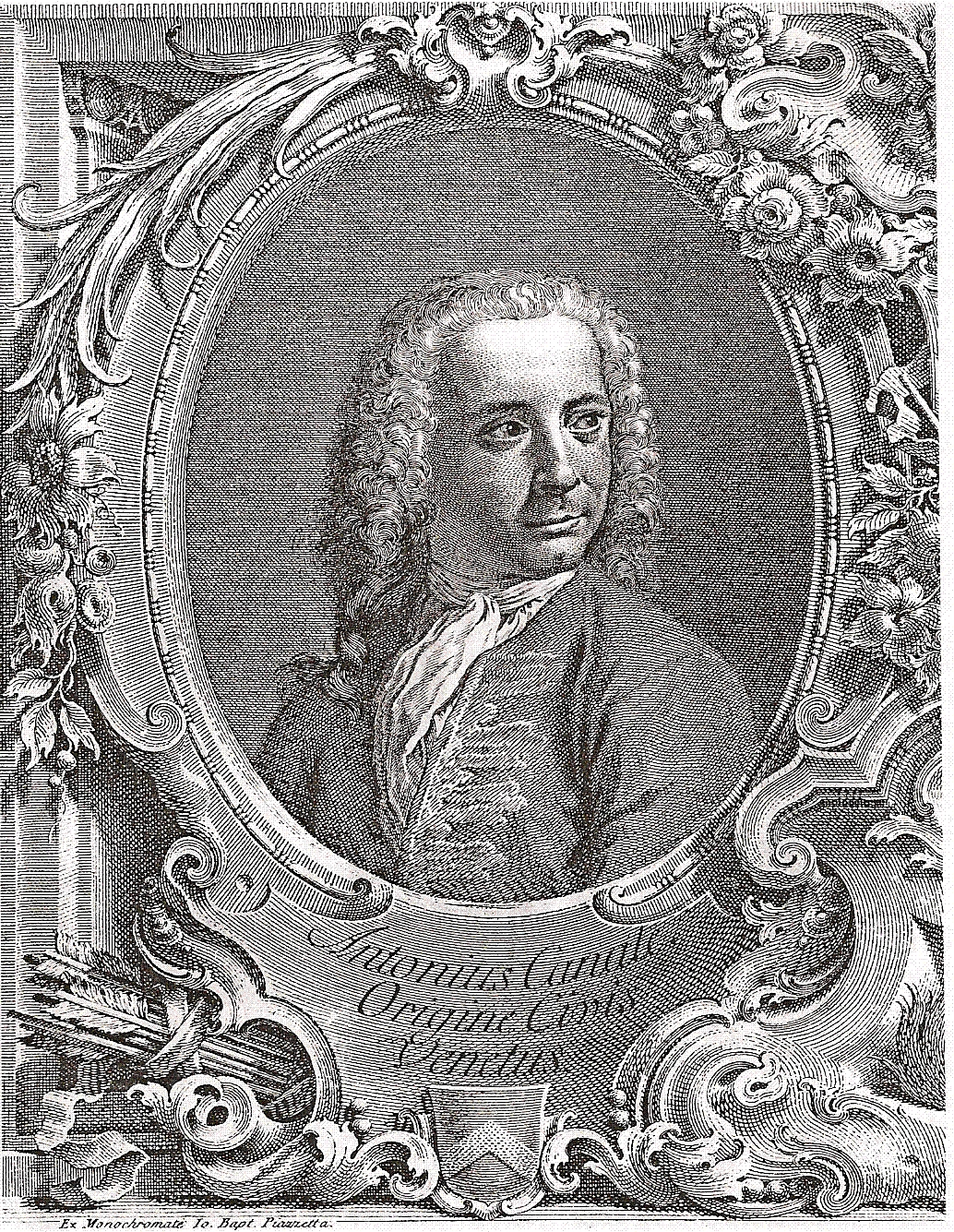
Canaletto
Canaletto, born Giovanni Antonio Canal, was an illustrious Italian painter celebrated for his masterful cityscapes, particularly of Venice and London. Emerging as a topographical painter after 1719, Canaletto became renowned for his detailed and atmospheric views, known as vedute, which captured the essence of Venice and London with a unique blend of accuracy and artistic embellishment. Despite using a camera obscura to achieve precision in his architectural details, Canaletto often infused his paintings with creative adjustments to enhance their appeal.
His early works, such as "The Stonemason's Yard," are particularly prized for their vivid portrayal of Venice's daily life and architectural beauty. Canaletto's paintings were highly sought after by English aristocrats during their Grand Tours, leading him to spend a significant period in England, where he continued to produce esteemed works capturing the English landscape and urban scenes.
Despite his international success, Canaletto's work was less appreciated in his native Venice during his lifetime, only gaining broader recognition and appreciation in later years. His legacy, however, has had a lasting impact on landscape painting, influencing future generations of artists.
If you're interested in staying updated on art exhibitions and auctions featuring Canaletto's work, consider signing up for newsletters from art galleries or auction houses that specialize in historical artworks. This way, you'll be informed about new sales and exhibition events related to Canaletto without any exaggerated language or promises.
| Date and place of birt: | 18 october 1697, Venice, Italy |
|---|---|
| Date and place of death: | 19 april 1768, Venice, Italy |
| Nationality: | Italy |
| Period of activity: | XVIII century |
| Specialization: | Artist, Draftsman, Engraver, Painter |
| Art school / group: | School of Posillipo, Venetian school |
| Genre: | Capriccio, Cityscape, Veduta, Landscape painting |
| Art style: | Academism, Baroque, Classicism, Rococo, Old Masters |
